Independent Living Community Lifestyle
Thinking about moving to an Independent community, here is what you need to know

When I first started visiting independent living communities, I wasn’t quite sure what to expect. Like many of us, I had these preconceived notions—that it would feel more like a hospital, with a clinical smell, and that there’d be older folks sitting in wheelchairs everywhere. I even imagined it being dark and depressing. How wrong I was! Some of the communities I’ve visited are nicer than a lot of hotels. It feels more like you’re on vacation than anything else. One couple told me, “It feels like we’re on a never-ending cruise, and we love it.” I was blown away! I never would’ve imagined hearing someone describe living in a community like that.
Independent living communities are often misunderstood. In reality, they offer a vibrant, active lifestyle, especially for those of us who want to enjoy our retirement years without the daily stresses of home maintenance. These communities provide private, comfortable residences—whether that’s a condo, apartment, or cottage—within a supportive environment. You still have your independence, but now, you’ve got more time and freedom to focus on the things you love.
One of the best parts? No more mowing the lawn or dealing with repairs! The staff takes care of all the maintenance, so you can spend your time doing things that bring you joy, whether that’s joining a fitness class, attending a book club, or just relaxing by the pool. And if you’re someone who prefers not to cook every day, many communities offer flexible dining options, which can feel like dining out without the hassle.
I’ve realized that for many people, transitioning to an independent living community might be a better option than they ever thought. You get the safety and security of a community, without giving up your freedom. Plus, with all the amenities and services included, it truly can feel like you’re on a permanent vacation, just like that couple I met.
What's Included in an Independent Living Community?
1. Maintenance-Free Living
2. Housekeeping Services
3. Social and Recreational Activities
4. Dining Options
5. Amenities
6. Transportation Services
7. Safety and Security
How Independent Living Differs from Home Ownership
1. No More Property Maintenance
2. Freedom from Utility and Home-Related Bills
3. Social Opportunities vs. Isolation
4. Simplified Daily Living and more Time for Enjoyment
5. Flexibility with Dining and Housekeeping Services
6. Safety and Security at no Additional Cost
Average Costs:
- Monthly Cost Range: The average cost of independent living in San Diego County typically ranges from $2,500 to $5,000 per month.
- Basic Communities: Some independent living communities may offer more affordable options starting around $2,500 to $3,000 per month, which would typically include basic services like maintenance, housekeeping, and access to some amenities.
- Luxury Communities: Higher-end or luxury independent living communities with more extensive amenities, dining options, and services can range from $4,000 to $5,000+ per month.
Additional Costs to Consider:
- Entrance Fees: Some independent living communities, especially Continuing Care Retirement Communities (CCRCs), may require an entrance fee that can range from $50,000 to $300,000 or more. This fee may cover future healthcare needs or provide certain long-term guarantees.
- A La Carte Services: Additional services like extra housekeeping, special meal plans, or laundry services may come with additional costs.
If you’re curious and want to find out for yourself if this kind of community is the right place for you, let us know we will be happy to introduce you to a few senior advisors who can take you on tours based on your needs.
Author: Kinga Wulczynska-Lauer
Disclaimer:
Retirement In Reverse is a mortgage company dedicated to serving older adults, financial planners, and wealth managers with a strong focus on education and informed decision-making. While we strive to provide helpful information on a variety of topics, we are not experts in all areas. That’s why we collaborate with a trusted network of professionals—including attorneys, tax advisors, and financial planners—to help connect you with the right expert based on your individual needs. The information provided in this article is for educational and illustrative purposes only. Before making any financial, legal, or lifestyle changes, we strongly recommend consulting with a qualified professional who can review your personal situation. If you are considering Reverse Mortgage, call Ted Lange at 760-753-1568 to learn more.



